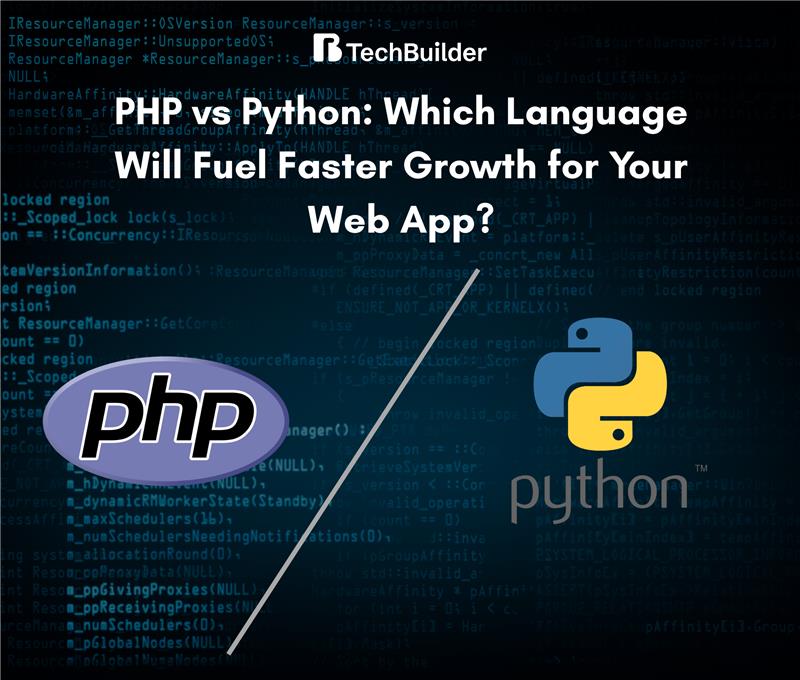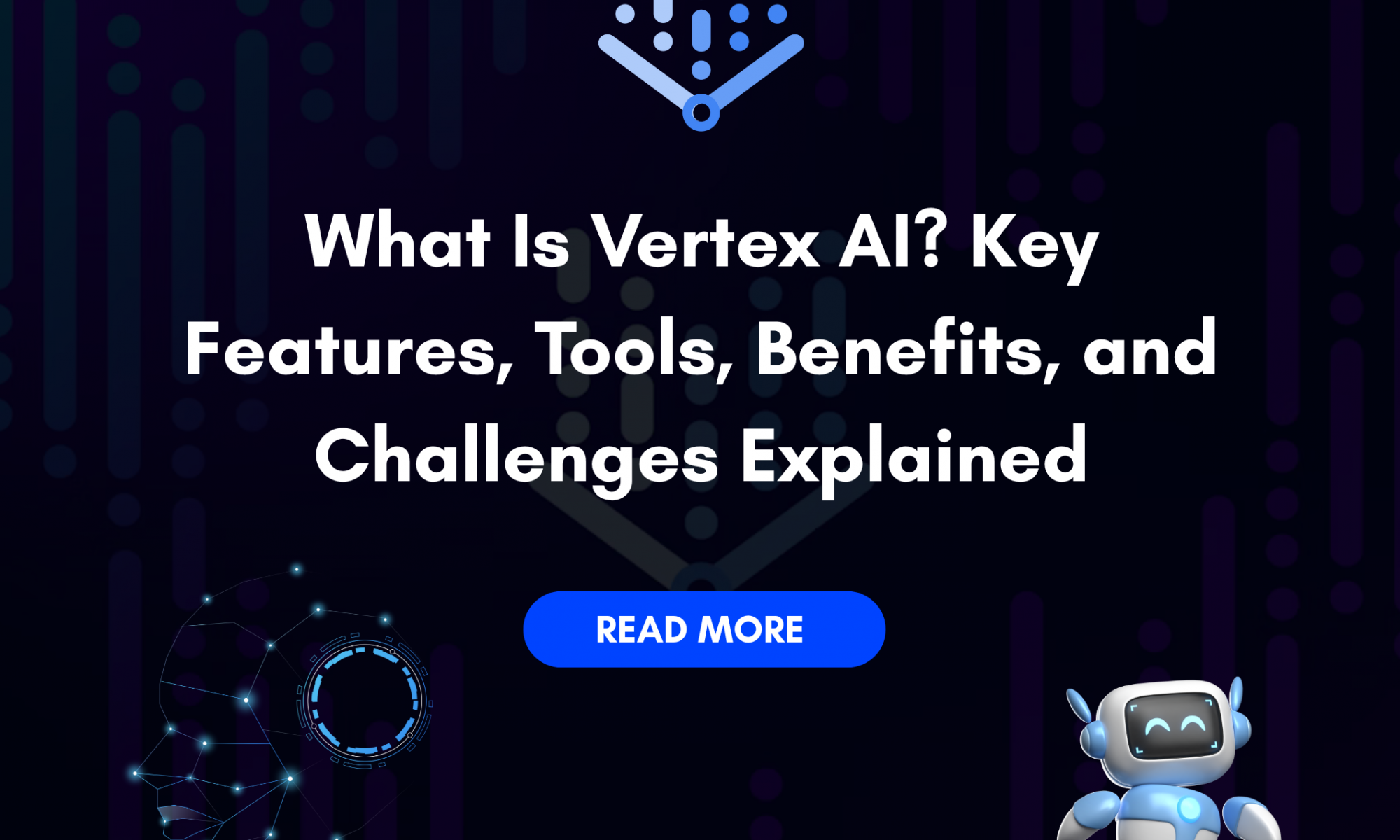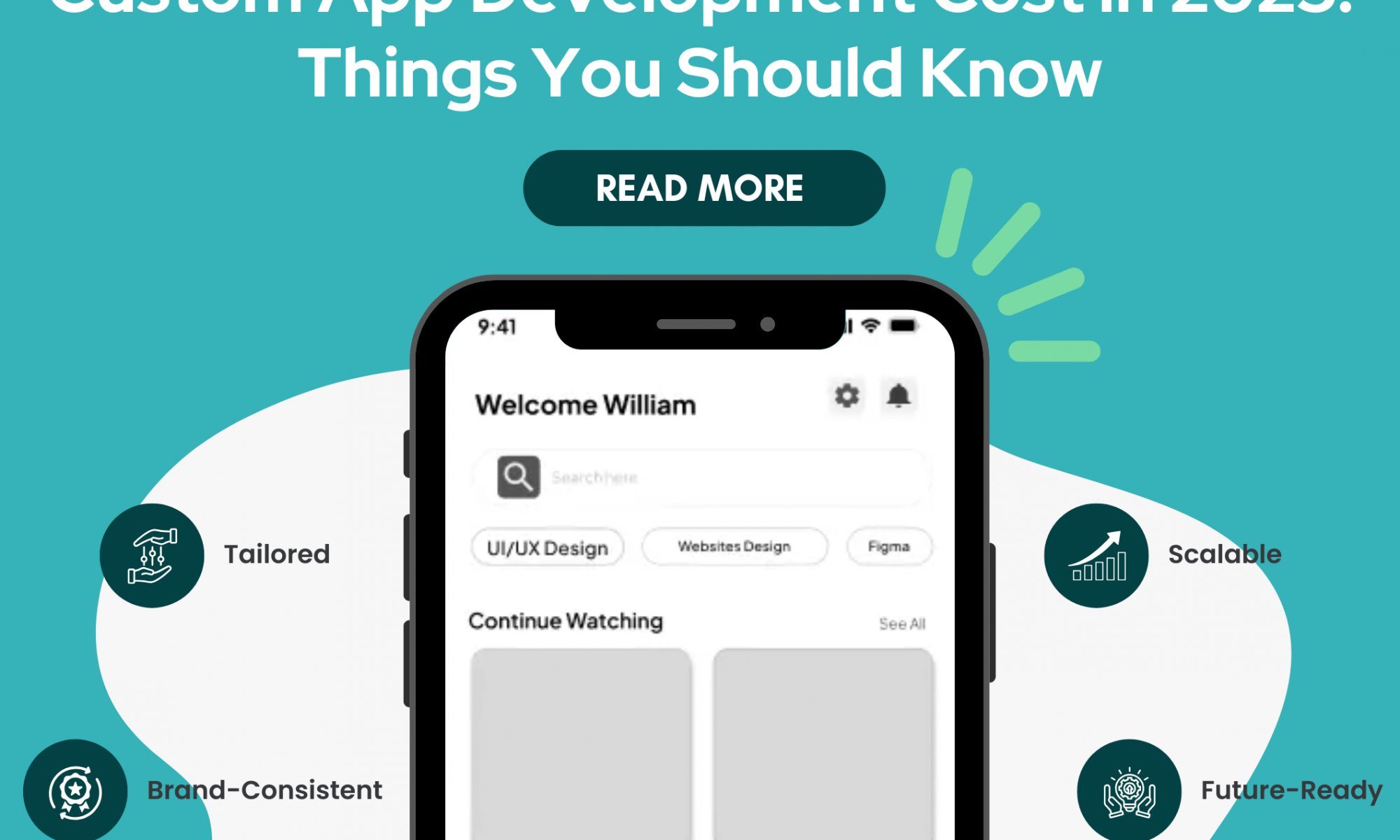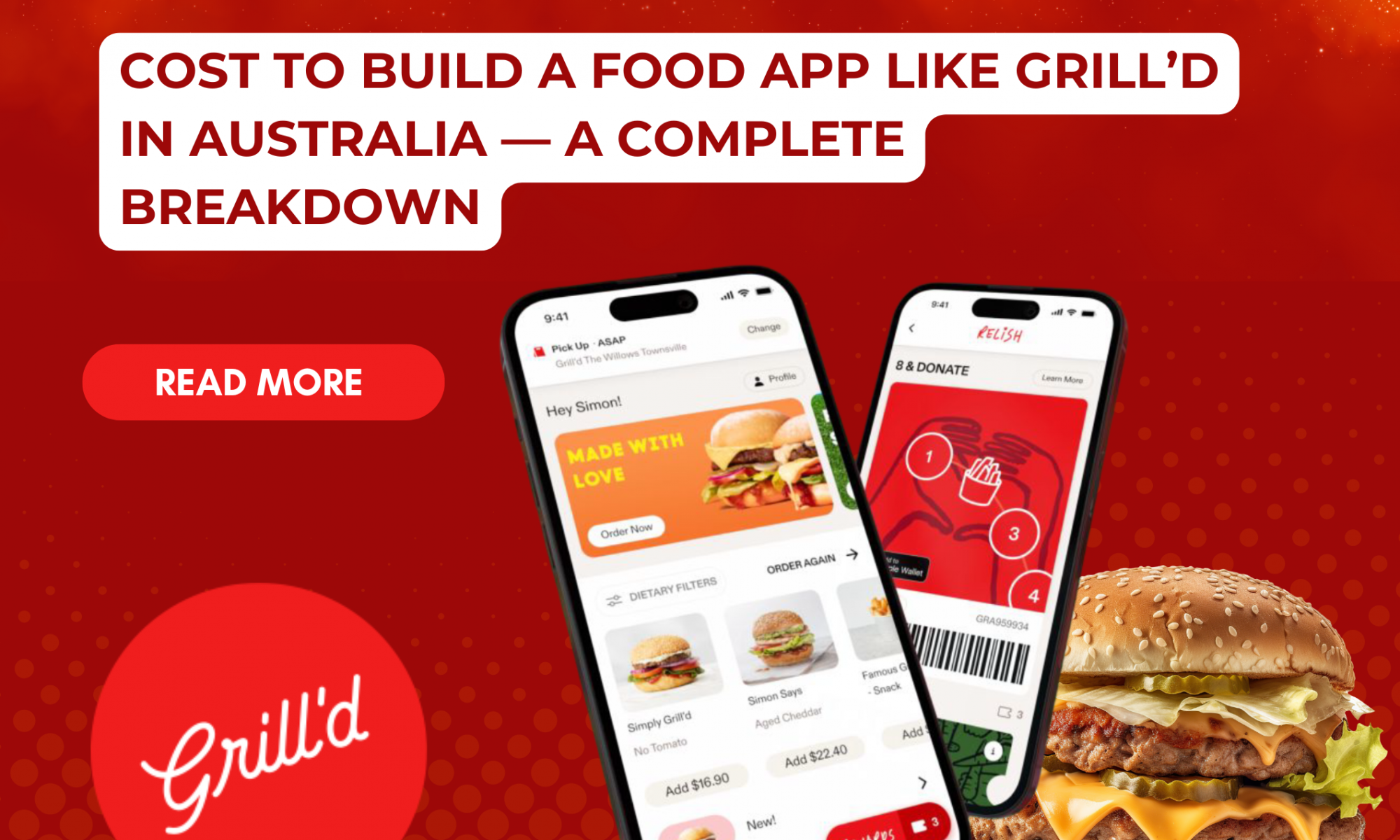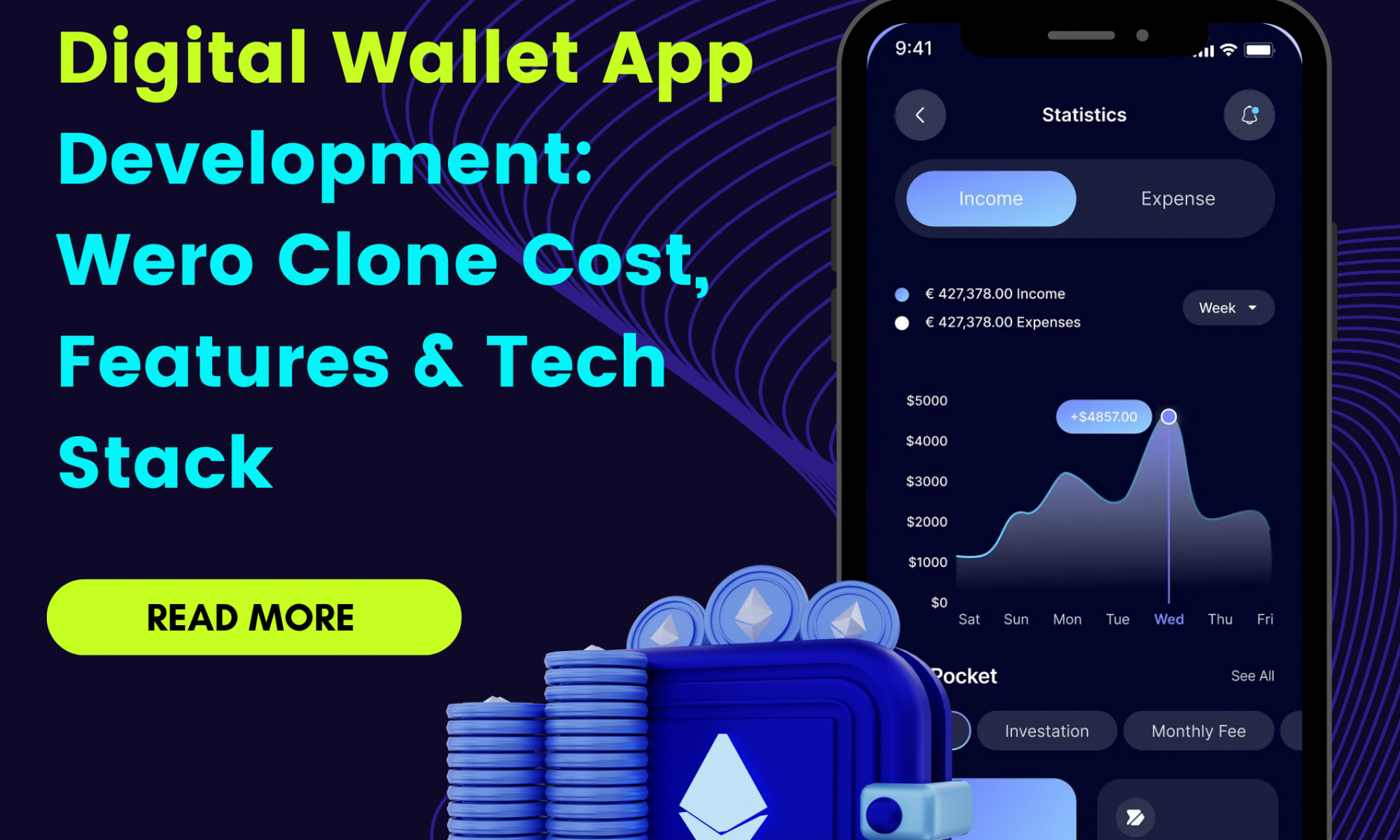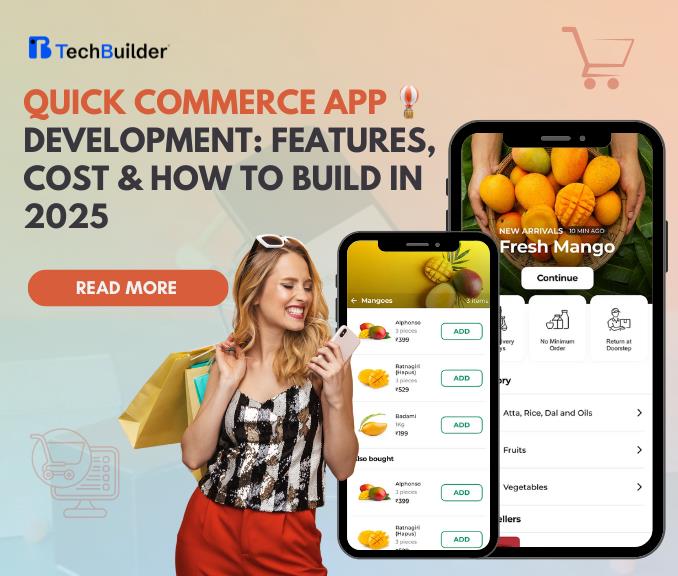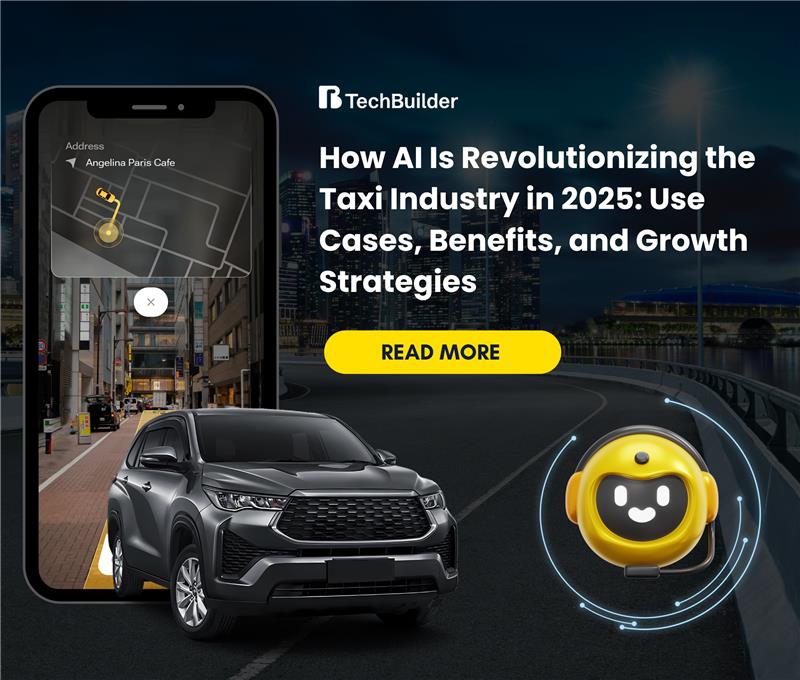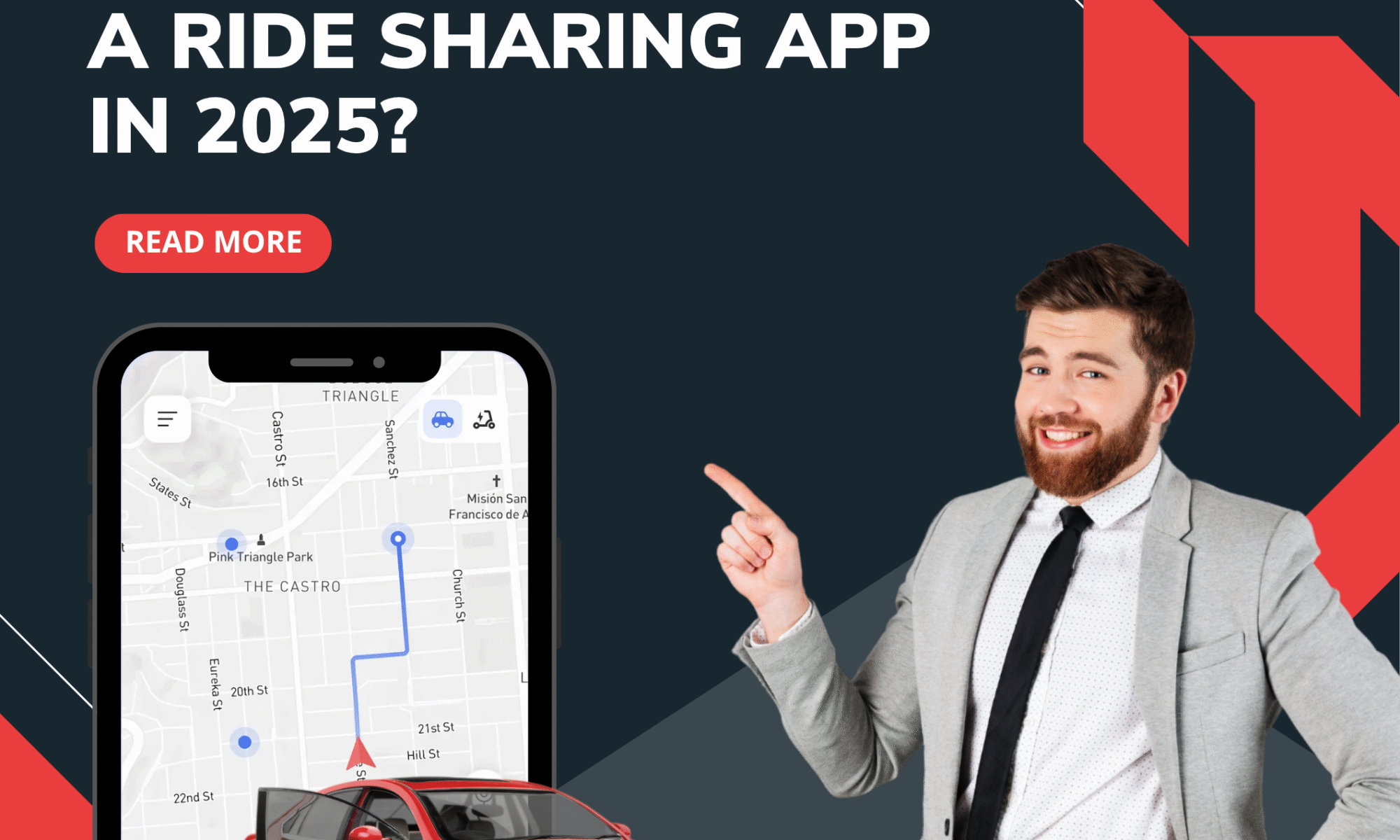All founders know the moment: you have the idea, the team, and the vision. Now, it’s time to build. Yet a single question can instill huge uncertainty — what backend language should we use?
If you’re a product manager, CTO, or startup founder, you know whereof I speak. On one hand, PHP — tried and tested, popular, and simple to pick up. On the other hand, Python — contemporary, robust, and storming up the popularity charts due to AI and data applications.
The reality is, your tech stack choice isn’t merely a matter of syntax or performance — it’s whether your business can scale, attract top talent, and go fast without things breaking. Get it wrong and you slow down, blow your budget, or wind up with a product that can’t adapt.
PHP or Python, then? This definitive guide will have you answering that question with confidence. We’ll dissect real-world considerations — from what PHP & Python are, uses, speed to market, scalability, performance, cost, and team structure — so you can make an informed decision for your next big product. Let’s dive in.
PHP & Python: Definitions, Real Uses, and Where They Shine
PHP (Hypertext Preprocessor) is a server-side scripting language primarily employed for web development. PHP is the unseen laborer behind the website that gets things moving, particularly dynamic websites such as blogs, online shops, or forums.
Where PHP Excels:
- Creating websites and web applications
- Driving content management systems (such as WordPress, Drupal)
- Developing eCommerce platforms (such as Magento, WooCommerce)
- Processing server-side form data, logins, and file uploads
Famous PHP-Based Platforms:
- Facebook (initially developed in PHP)
- Wikipedia
- Mailchimp
- WordPress (used by 43%+ of the web)
Python is a high-level, versatile programming language that is readable and adaptable. Python is sort of the jack-of-all-trades developer — it can create websites, automate tasks, drive AI tools, and even crunch data.
Where Python Excels:
- Web development (with Django, Flask, FastAPI)
- Artificial Intelligence and Machine Learning
- Data analysis and visualization
- Automation scripts and backend systems
- Creating APIs and scalable SaaS products
Popular Python-Based Platforms:
- Instagram (backend runs on Django)
- Dropbox
- Spotify
- YouTube (partially driven by Python)
Speed to Market: Which Language Enables You to Launch Faster?
Speed of launch is essential in the early days of your startup. The sooner you launch your MVP, learn from user feedback, and iterate, the higher your chances of achieving product-market fit.
As per JetBrains 2024 Developer Ecosystem Report, 60% of web developers using Django indicated shipping MVPs in under 4 weeks.
PHP Advantage:
- With PHP and Laravel, rapid prototyping is enabled.
- Huge collections of boilerplates, plugins, and templates to get work done quickly.
- Simplified locating freelance or part-time PHP developers worldwide.
Python Advantage:
- Django framework in Python is great for creating secure, scalable MVPs.
- Readability of code speeds up collaboration and onboarding.
- Flask provides flexibility for lightweight applications with features in modularity.
Verdict: If you have a lean team and a short deadline, PHP with Laravel might put you ahead of the game. But if your app is intricate and future-proofed from day one, Python’s ecosystem excels.
Performance & Load Handling: Can It Scale With You?
When traffic increases or masses of users flood your app simultaneously, performance is your saving grace. A slow backend means lost carts, bad UX, or churned users.
Let’s cut to the chase:
- PHP is quick out-of-the-box for legacy web workloads.
- Python, although a tad slower in pure speed, offers you more power for current, async workloads — particularly with FastAPI or asyncio.
Real-World Analogy
Think of PHP as a well-oiled machine on a factory floor — optimized for repeatable, heavy-lifting tasks. Python is more like a robotic arm — slower at first, but far more flexible for advanced tasks.
Bottom Line:
Choose PHP for content-heavy platforms. Pick Python if you’re dealing with dynamic, data-heavy interactions like AI chat, search engines, or streaming.
Performance Comparison:
| Feature | PHP (Laravel, Symfony) | Python (Django, FastAPI) |
| Execution Speed | Fast for page-based apps | Fast for APIs (with FastAPI), async capable |
| Best For | High-read CMS, blogs, eCommerce | Data APIs, async web services, AI tools |
| Caching Support | OPCache, Redis | Redis, Memcached |
Security & Stability: Building Trust in Your App
Security isn’t optional. Especially in fintech, healthtech, or apps handling personal data.
PHP Security Notes:
- Laravel includes built-in protection against SQL injection, XSS, and CSRF.
- Still vulnerable if not updated or misconfigured.
Python Security Notes:
- Django is known for strong default security practices.
- Python’s clear syntax reduces human error (a common source of security flaws).
Verdict: Python (Django) tends to have superior defaults and a more constrained security model. But a well-engineered Laravel app can be equally secure — it just depends on implementation.
Developer Ecosystem & Talent Availability
Finding the right talent isn’t all about price — it’s about availability, community, and long-term sustainability.
Picture this: You’ve grown your app, and you now have 5 more backend developers that you need to find. Can you? Can you pay for them?
Important Things to Consider:
PHP: More developers exist around the world, particularly in places like India, Eastern Europe, and Southeast Asia. Frequently less costly.
Python: Developers have more cross-functional skills (AI, data science, DevOps). Higher pay, but frequently more general.
Developer Insight
Python engineers do more than web — they code in data, automation, and scalability. — TechBuilder Engineering Lead.
Our Take:
Use PHP if hiring speed and cost are a concern. Use Python for long-term future-proof innovation and team.
Quick Glance Table:
| Factor | PHP | Python |
| Developer Availability | Very High (global talent pool) | Growing steadily |
| Cost to Hire (avg) | $50k–$70k/year | $80k–$120k/year |
| Cross-skill Capabilities | Basic scripting, CMS work | AI, ML, DevOps, cloud, automation |
Quick Snapshot: PHP vs Python at a Glance
To set the stage before we get deep, here’s a quick comparison to provide you with instant perspective:
| Feature | PHP | Python |
| Syntax | C-style, more verbose | Clean, readable, beginner-friendly |
| Performance | Fast for web apps, highly tuned | Slightly slower, but optimized |
| Community | Massive, mature, support-rich | Rapidly growing, strong in AI/ML |
| Scalability | Moderate, solid with Laravel | Excellent, great for microservices |
| Cost of Development | Generally lower (more devs) | May be higher (fewer full-stack devs) |
| Popular Frameworks | Laravel, Symfony, CodeIgniter | Django, Flask, FastAPI |
When to Choose PHP vs Python (Use Case Matrix)
Theory is over. Let’s cut to practical scenarios — which language is best for what kind of product? We have constructed an open-and-shut decision-making matrix based on actual client requirements.
Use Case Scenarios:
You’re building a blog platform or content-rich MVP:
→ PHP + Laravel for performance and pluginability.
You’re creating a fintech dashboard with real-time data streams:
→ Python + Django/FastAPI for performance and security.
Your MVP is AI-enabled (chatbot, analytics, ML scoring):
→ Hands down — use Python.
Your team has more PHP developers now but you want future AI growth:
→ Begin with PHP but develop modularly with future Python integration in mind.
Visual Decision Matrix:
| App Type | Preferred Language | Why |
| Blog, CMS, Knowledge Base | PHP | Content-first tools, mature ecosystem (WordPress, etc.) |
| AI-driven SaaS or Tool | Python | Easier AI/ML integration, scalable architecture |
| Multi-tenant SaaS | Python | Async capabilities, microservices, and cloud-native readiness |
| E-commerce Store | PHP | Magento, WooCommerce, Laravel packages optimized for commerce |
| Internal Dashboards | Python | Better API handling, secure admin interfaces |
It’s time for some friendly advice from TechBuilder.
Not sure? Try our “hybrid architecture” model — develop quickly in PHP, extend robust features in Python.
Real-World Examples: Who’s Using What & Why
Still unsure what successful businesses are opting for — and why? Let’s examine how real-world tech titans leverage PHP and Python to grow, serve millions, and innovate.
These examples demonstrate how the appropriate language facilitates the appropriate type of growth — whether content-rich platforms or AI-driven ecosystems.
PHP-Based Monsters:
- Facebook (originally constructed in PHP)
- Mailchimp
- Wikipedia
Python Giants:
- Instagram (Django)
- Dropbox (Python backend)
- Spotify (Data-intensive operations)
Python, according to the Stack Overflow Developer Survey 2024, is the third most frequently used programming language.
Conclusion: The Intelligent Growth Path
Ultimately, the decision between PHP and Python isn’t which is “better” — it’s what fits your business objectives.
Ask yourself:
- Must you release quickly, at low expense? → Go with PHP.
- Are you building a data-heavy, AI-integrated, or long-term scalable app? → Python is your best bet.
- No matter your choice, what matters most is who builds it — and how.
At TechBuilder, we don’t just write code — we build digital engines for growth. Still unsure? Let’s hop on a quick strategy call. We’ll guide you toward the tech stack that drives growth, tailored to your exact goals.
Final Thought: Make a Decision That Drives Growth, Not Just Code
Choosing the right backend technology isn’t just a technical decision — it’s a strategic business move. Your backend determines how fast you can go to market, how well you can scale, and how easily you can adapt to future needs like AI integration, microservices, or cross-platform delivery.
Too often, businesses make backend choices based on short-term convenience rather than long-term goals — and the result is slower growth, higher costs, or even full-scale rebuilds down the road. At TechBuilder, we believe your technology should be a growth engine, not a bottleneck.
Whether you’re building a lean MVP, scaling into a full-fledged SaaS, or integrating advanced capabilities like machine learning or automation — the right tech stack matters. And more importantly, the right team behind it matters even more.
That’s where we come in. TechBuilder isn’t just a development agency — we’re strategic partners to startups and digital product teams. We combine technical excellence, architectural insight, and market awareness to help you choose and implement backend systems that are scalable, secure, and built for the future.
Let’s build smarter, faster, and with intent. Book a free consultation today — and get personalized guidance on the best backend path for your unique business needs.
Frequently Asked Questions
Is PHP still relevant in 2025?
Absolutely. PHP is very much alive and well with Laravel and today’s cloud support, particularly for commerce platforms or content-heavy sites.
Is Python suitable for web development?
Yes. Django and Flask make Python well-suited for strong, scalable web-sites.
Is Django or Laravel faster?
Laravel might have a quicker setup time for templated sites. Django provides more security and scalability by default.
Is PHP more secure than Python?
Both can be safe. Python (Django) has more solid defaults. Security relies on developer habits.
Which one for startups?
It depends! PHP is excellent for MVPs on tight budgets. Python is good for AI-driven apps and forward-looking platforms.




































































